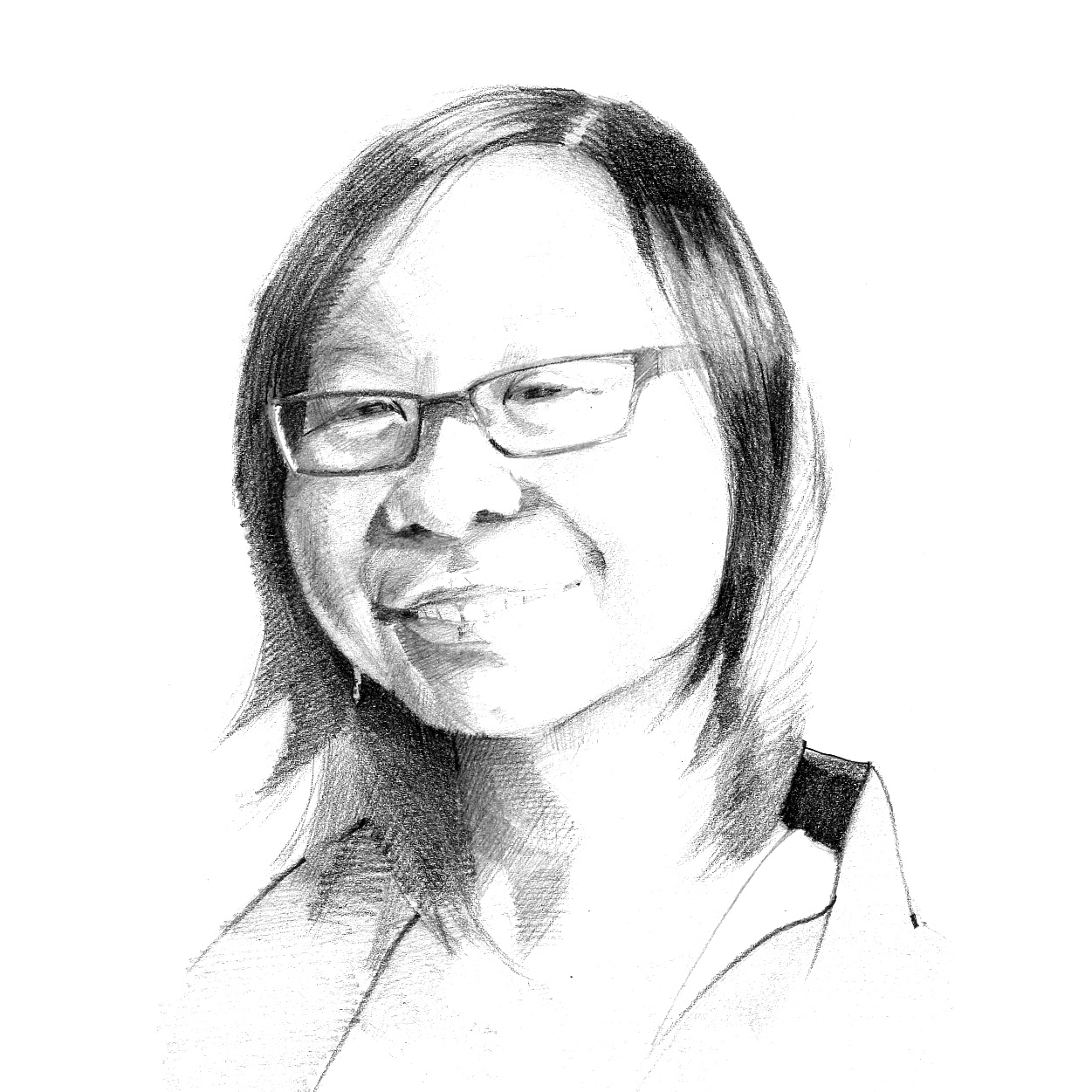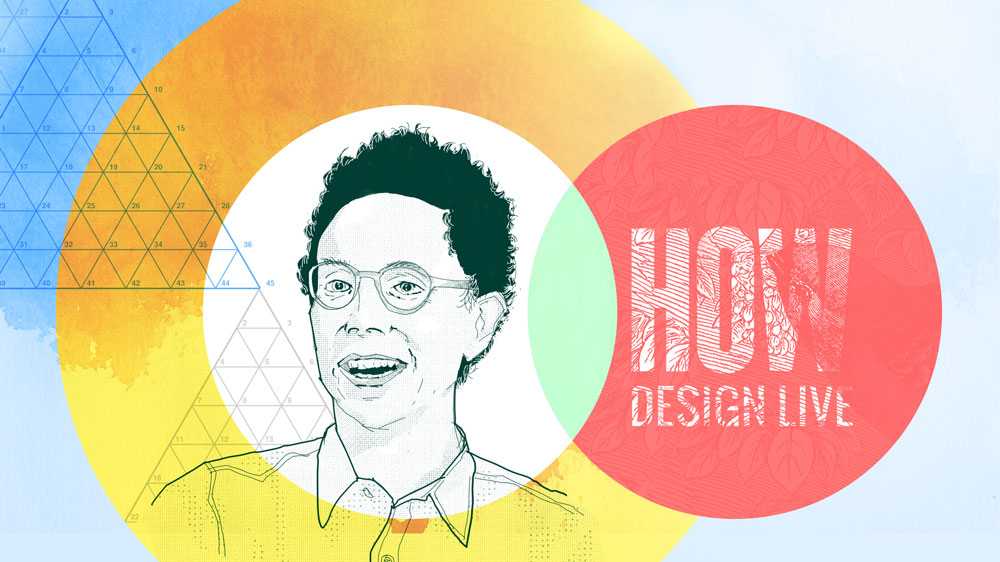In May, our designer Ahmed went to HOW Design Live, an annual event held by the design education brand HOW. In this interview, Ahmed talks about his key takeaways from the talks and workshops, including learning from other creative experts, sparking your creativity when it’s lagging and why Malcolm Gladwell would prefer to hire “turtles” over “hares.”
How would you describe HOW Design to someone who’s never heard of it?
It’s a three-day, inspirational onslaught. It’s from 6 a.m. to 6 p.m. every day. It’s awesome to be thrown into that. It can get exhausting, but is a lot of fun. A lot of design inspiration, design workshops, everything revolving [around] design. I think this year was different because they expanded the conference more [so] it was more about creativity, which was very cool. There was a lot of creativity coaching.

What stood out to you about the conference this year?
There were a lot more artists. Everybody had a diligence about them. A lot of people assume for the most creative people, [creativity] just happens. Which is not true. The conference was focused this year [on] what creative people do, what their habits are like, how they live. It was more about their approach, which was awesome to know: “Oh, this person does the same thing this person does. This person does a lot of mindfulness–being aware and being present.”
What were your favorite talks from the conference and why?
[Creativity expert and author] Sam Harrison had a talk called “Slay Your Zombies, Slash Your Zigzags, Show Your Zing!” He defined the different states of creativity, like when you’re in a slump, that’s the zombie. And he talked about when you’re in one state of mental drainage, what to do to get out of that. Or what to do to instill more creativity. He was very upbeat and fun, which, after you’ve been there since 6 a.m., stands out.
What kinds of things can you do to get out of that creative slump?
He had several suggestions:
- Realize that non-creative behavior is learned. Everybody is born creative. Being not creative is learned.
- Be more curious. Just be curious. Just go out. Get off your computer, basically.
- Become unfamiliar with the familiar. For example, he mentioned The Boring Conference, which is an event where basically a bunch of people just meet and talk about boring stuff but they talk about it so much that eventually they find something interesting there.
- Creative culture is an uncomfortable culture. If you’re just always comfortable, you get bored. Your circuits are not working. After a while, we need to keep everything active to keep that mind going. So Stephan and I shouldn’t always be like, “Oh this design is awesome.” No, it has to be, “Oh I think this could be better.” Then we would argue with each other. That clashing of heads always creates something better.
- Don’t forget to play. Sam basically defined creativity as pressure + play.

What other topics did Sam talk about?
He mentioned the zig-zag zone. The zig-zag zone is where you’re spiraling out of control. The zombie zone is a slump; the zig-zag zone is the extreme. When you’re in a zig-zag zone you should focus on the right stuff and know when enough is enough. That’s a problem for designers.
So does it mean just learning to let go?
Learning to let go—for example, deciding, “Alright, this design’s done.” Iteration is part of design. You can do it to death, but it depends on the medium. If it’s print, you can’t do it once you go to print. If it’s web, you actually can iterate to death.
What other talks did you enjoy?
The Malcolm Gladwell talk was very cool. He had a whole conversation about creativity and he was comparing the two different creative types. There’s the en pointe [person] who will knock something out in five minutes. Gladwell compared that person to Picasso, and then [the other type is like] Cezanne, who just mulls things over and does like a hundred things. He compared them to a rabbit and a turtle. And he says he only wants to hire turtles. He says these are the people that do the real work. They grind every day.
Everybody [at HOW Design] kind of showed up from a different perspective. Natasha Jen, the partner of Pentagram, was talking about design, because everybody…if you go on Shutterstock and look up design for images, everybody will see photos of people like me, with tattoos and glasses and Post-It notes. [Jen] was making the point that design doesn’t happen on Post-It notes. You need to go out and look and see.
What advice would you give to someone who had never been to HOW Design Live before?
Go to a lot of workshops, and take a lot of notes. And don’t get intimidated, because there’s a lot of “Ah-ha” moments when you’re like, “These people are awesome. These are rock stars!” and if you assume that they rolled out of bed like that, [it will mess] with your head a little bit.
(This interview has been edited for length and clarity.)

Angela Suico
Writer / Content Strategist
A storyteller by trade, Angela is passionate about storytelling and human-centered design. She recently received a Master's degree in Integrated Marketing Communications (IMC) at Northwestern University.
3 ways to improve and inspire Scientific Branding
How do you take a scientific organization focused on the infinitesimal and brand it in a big way?
Read More.

